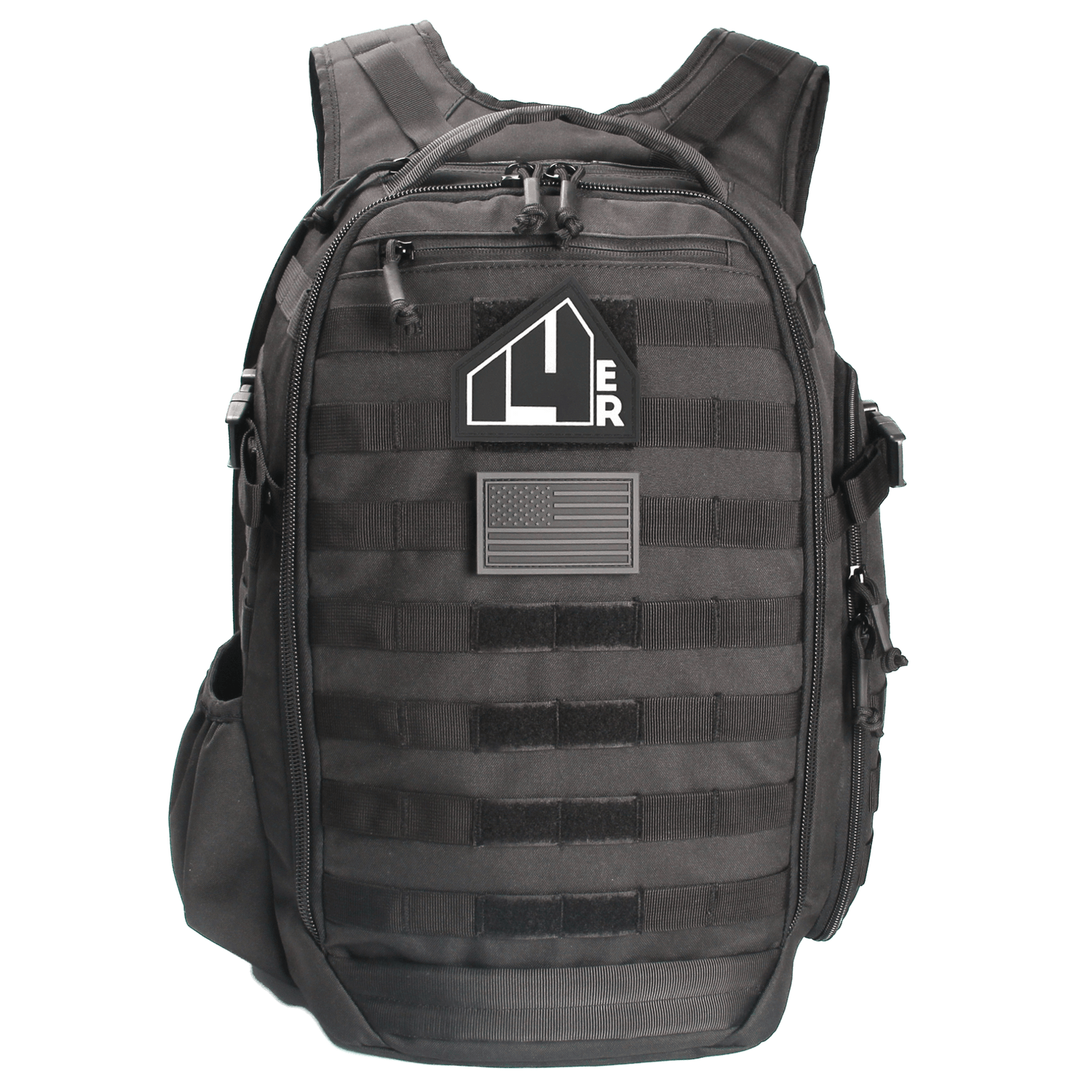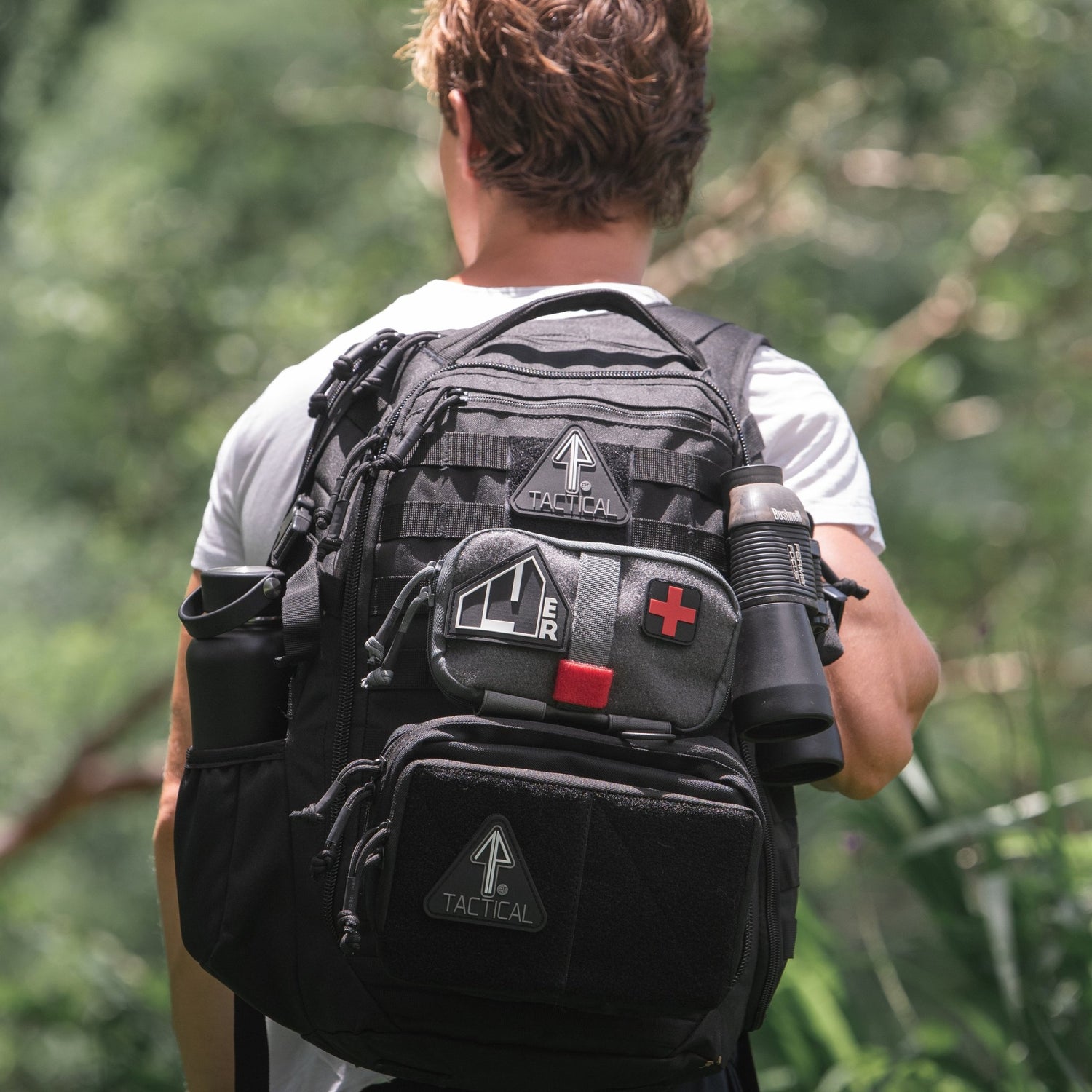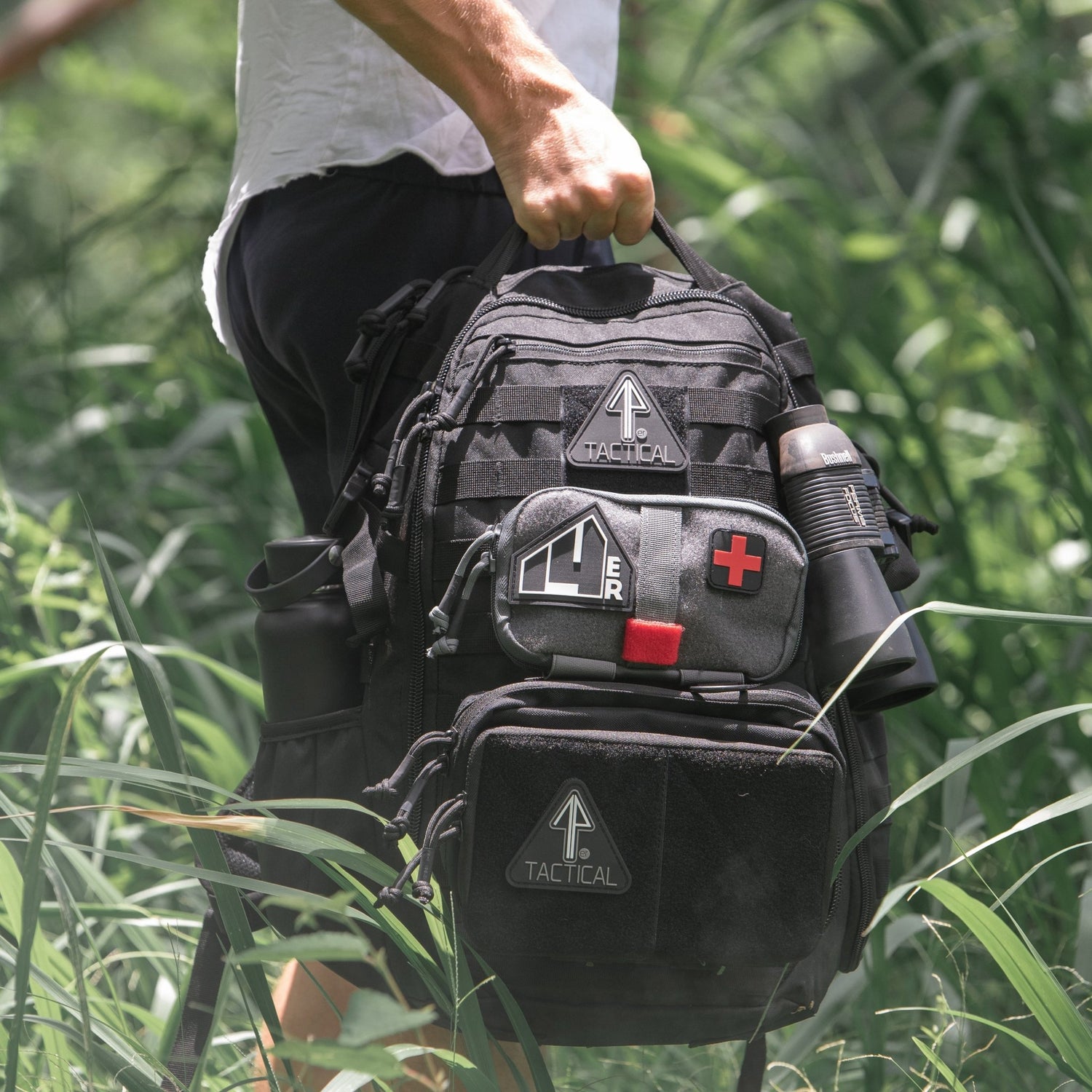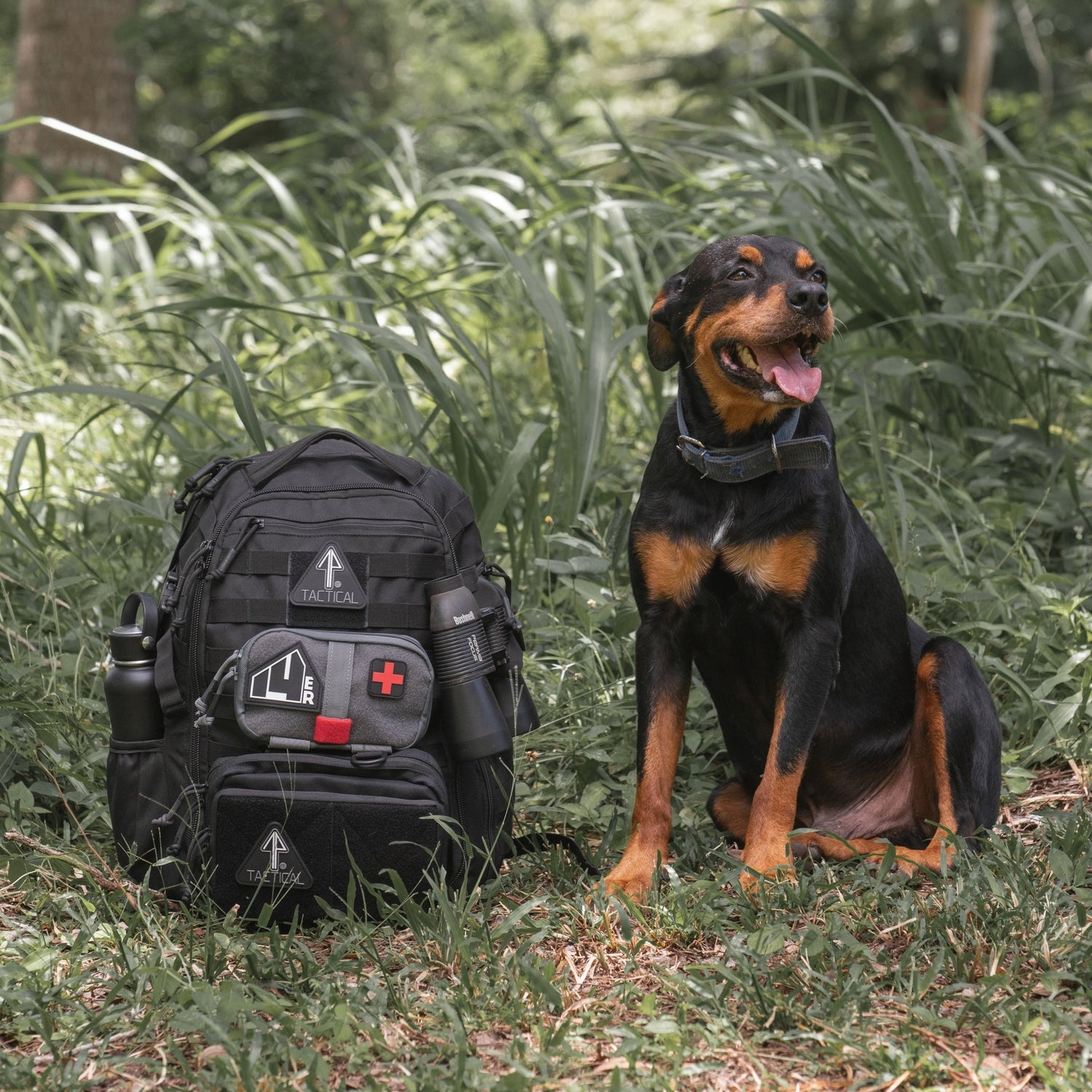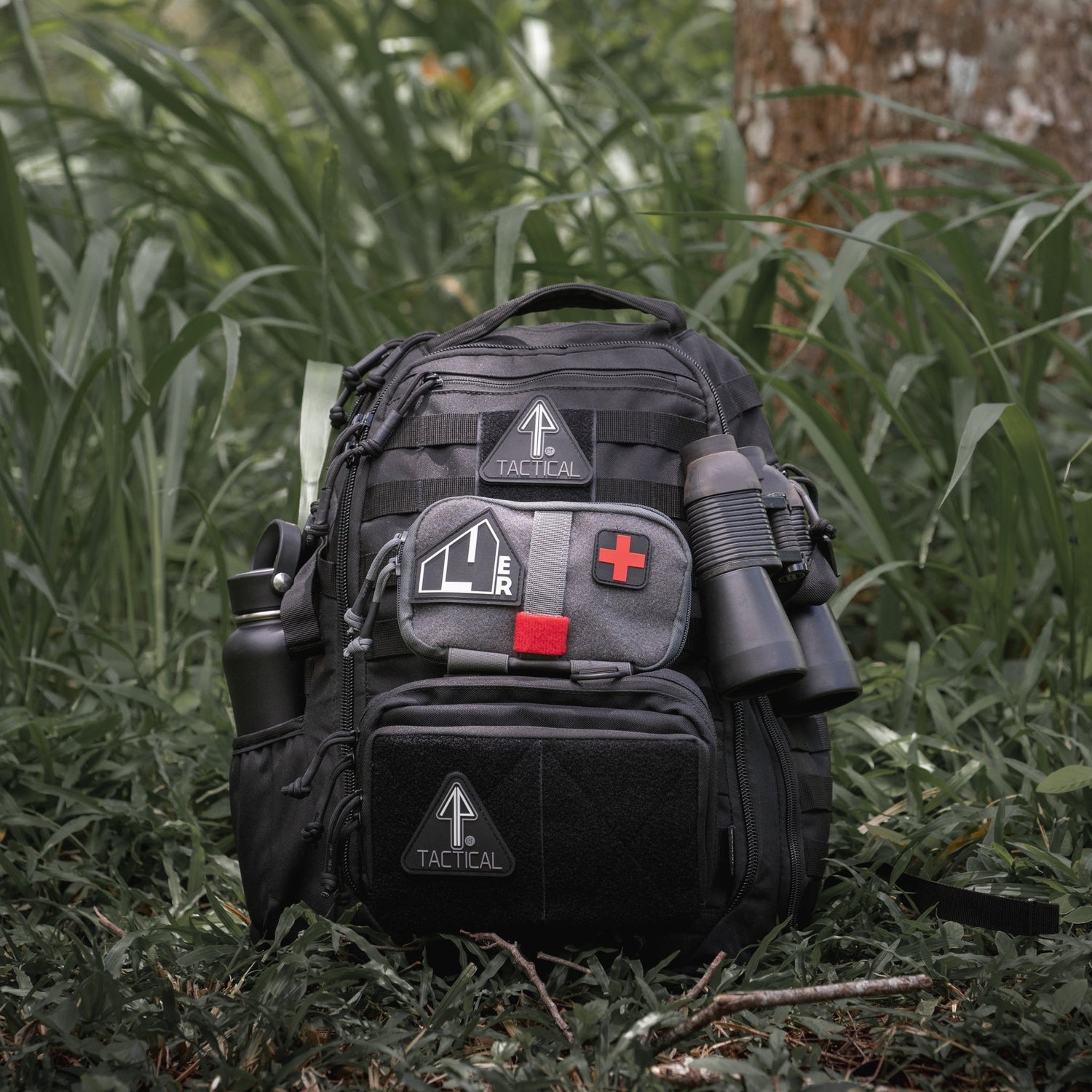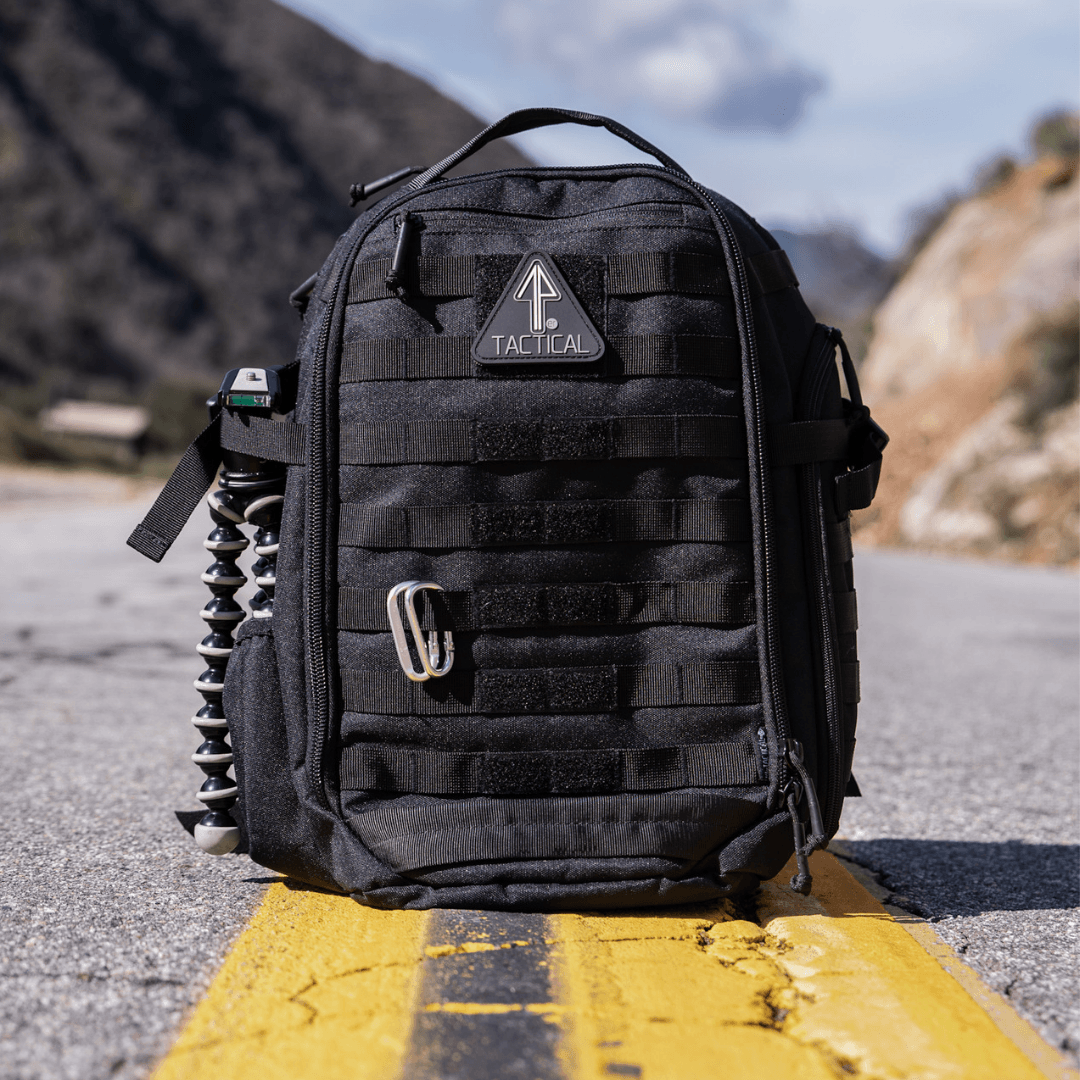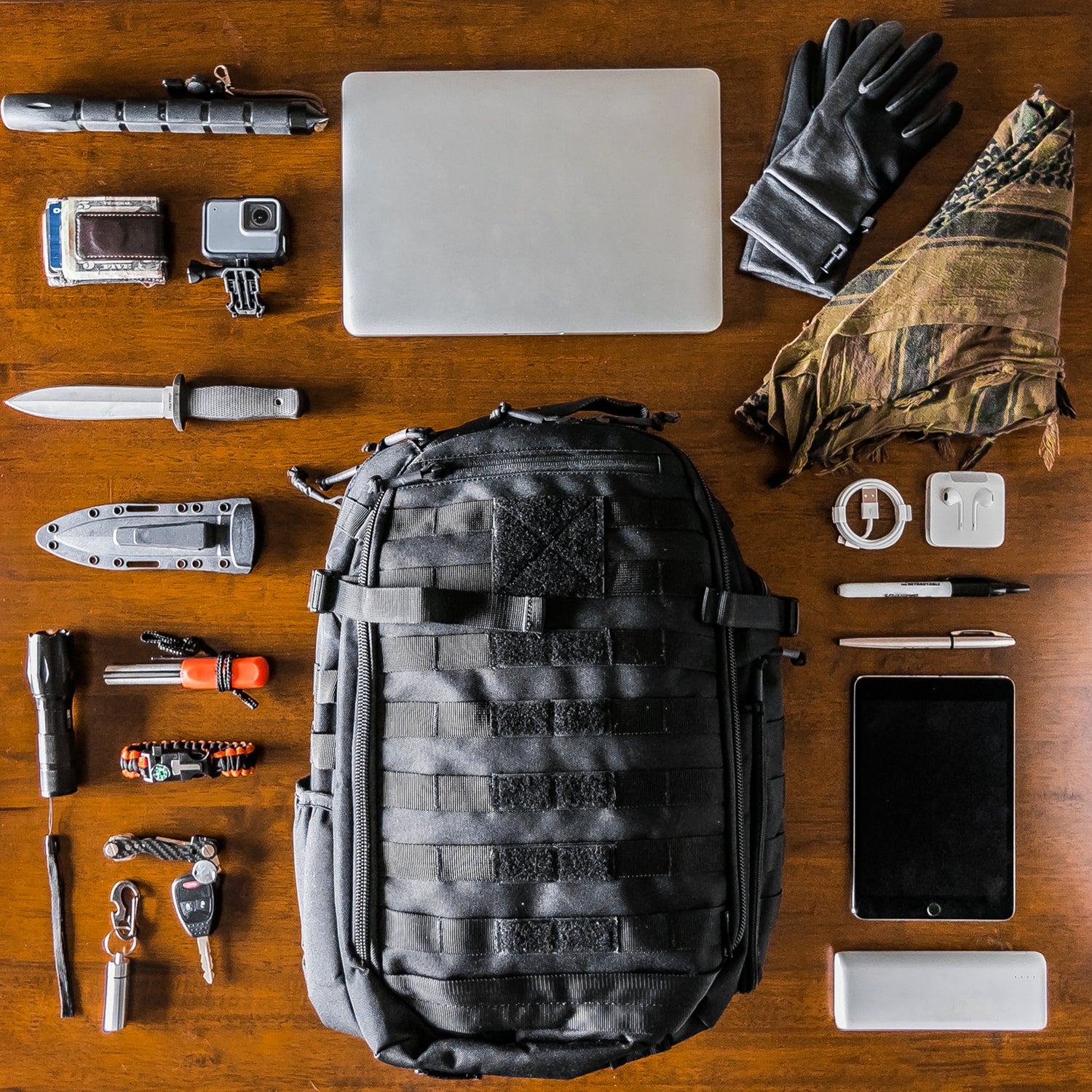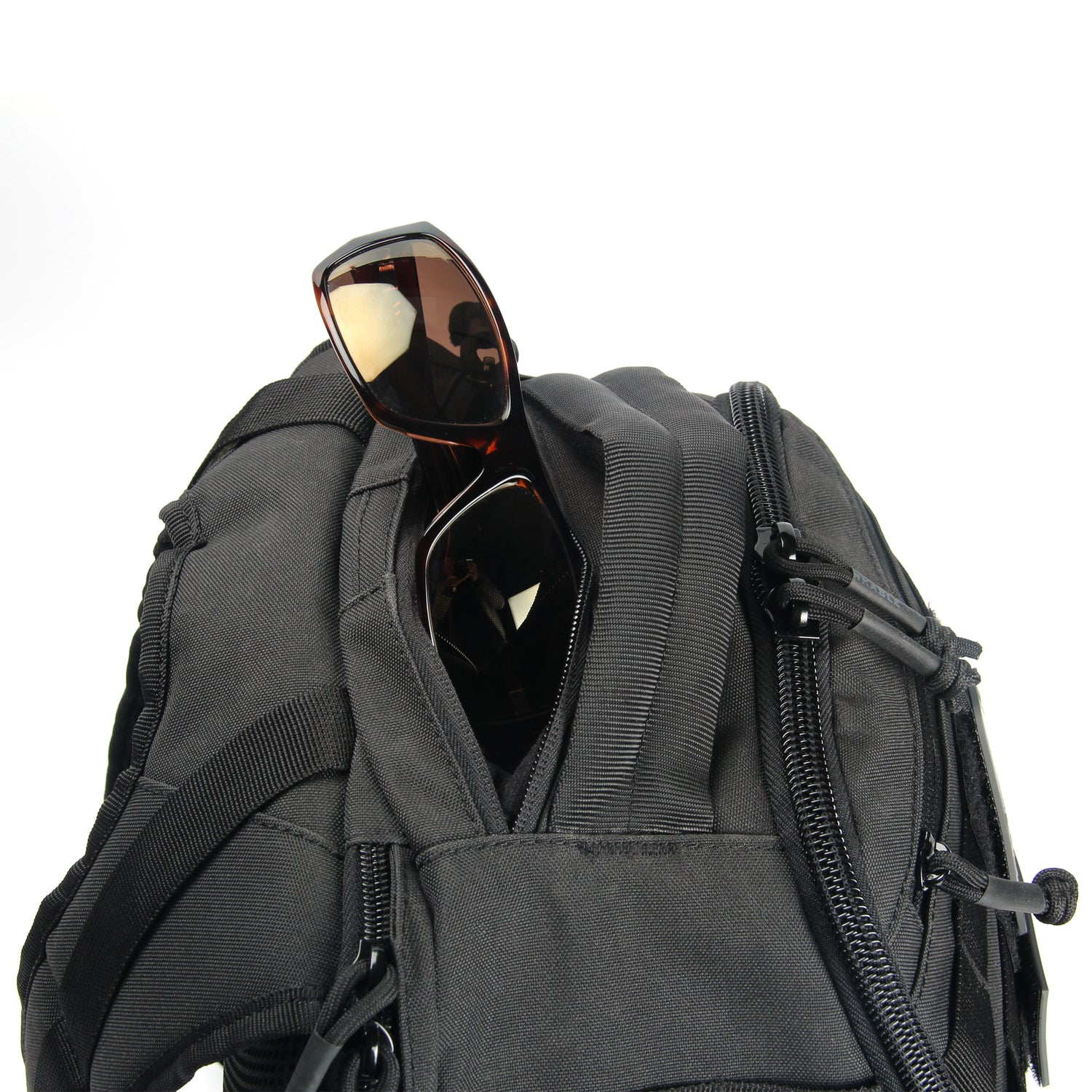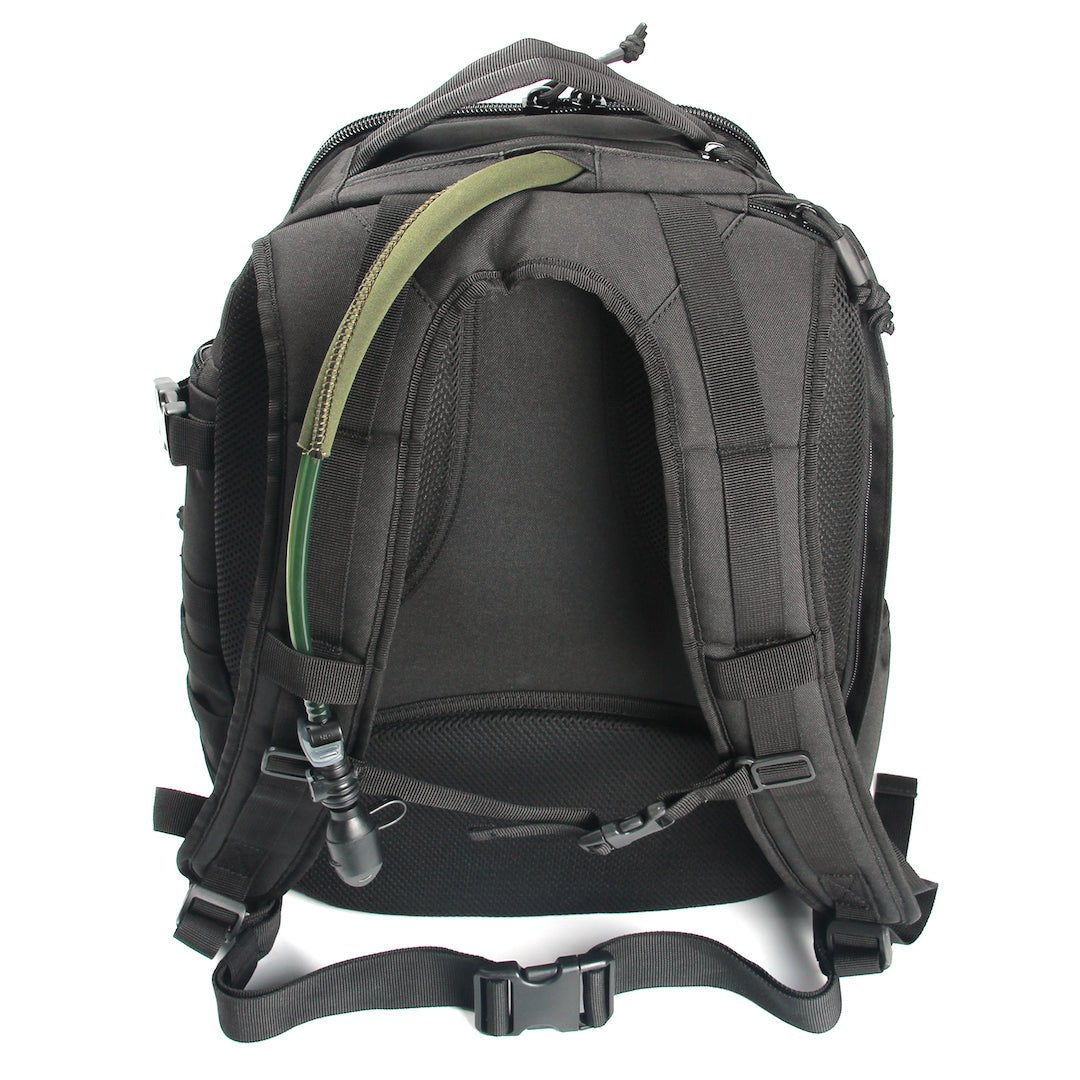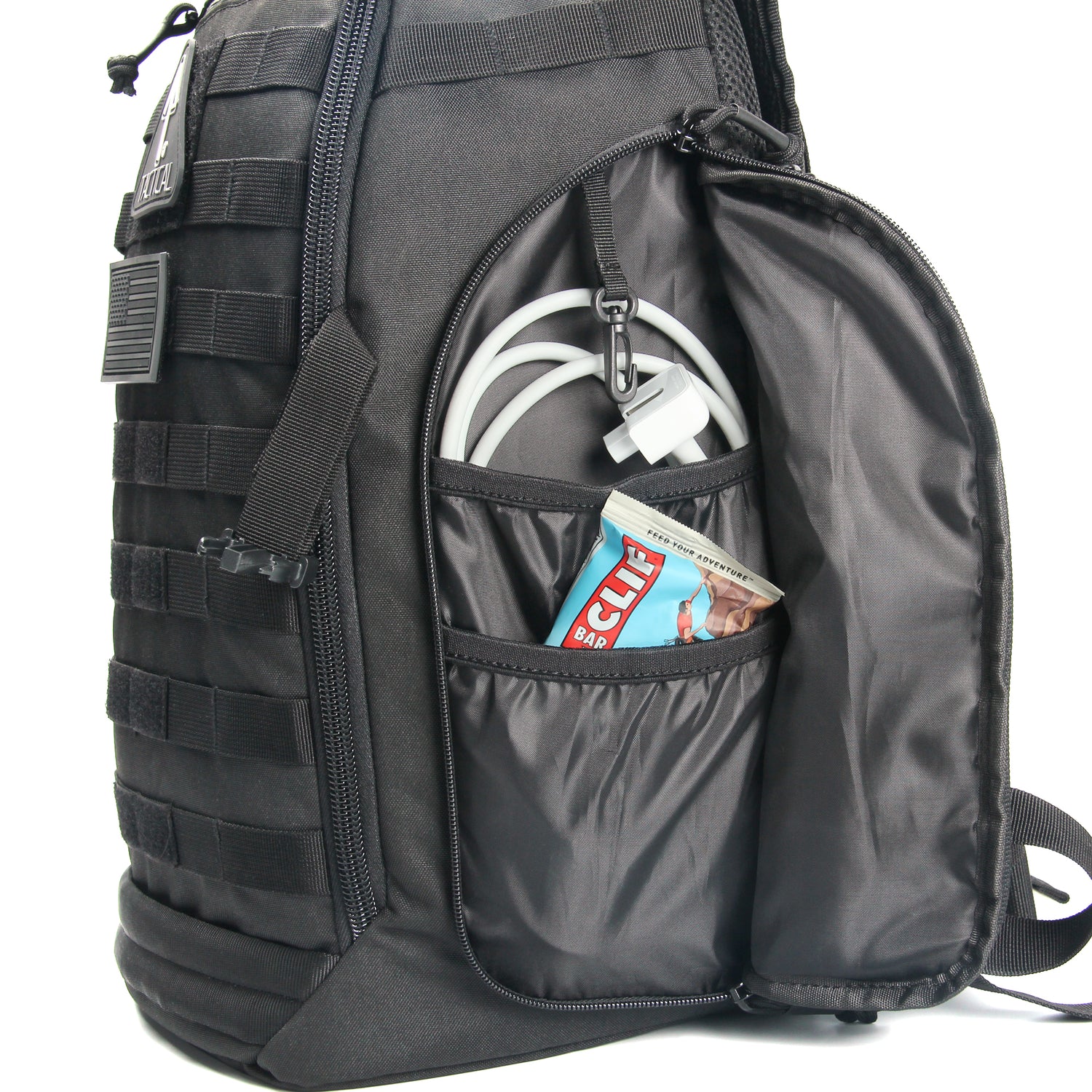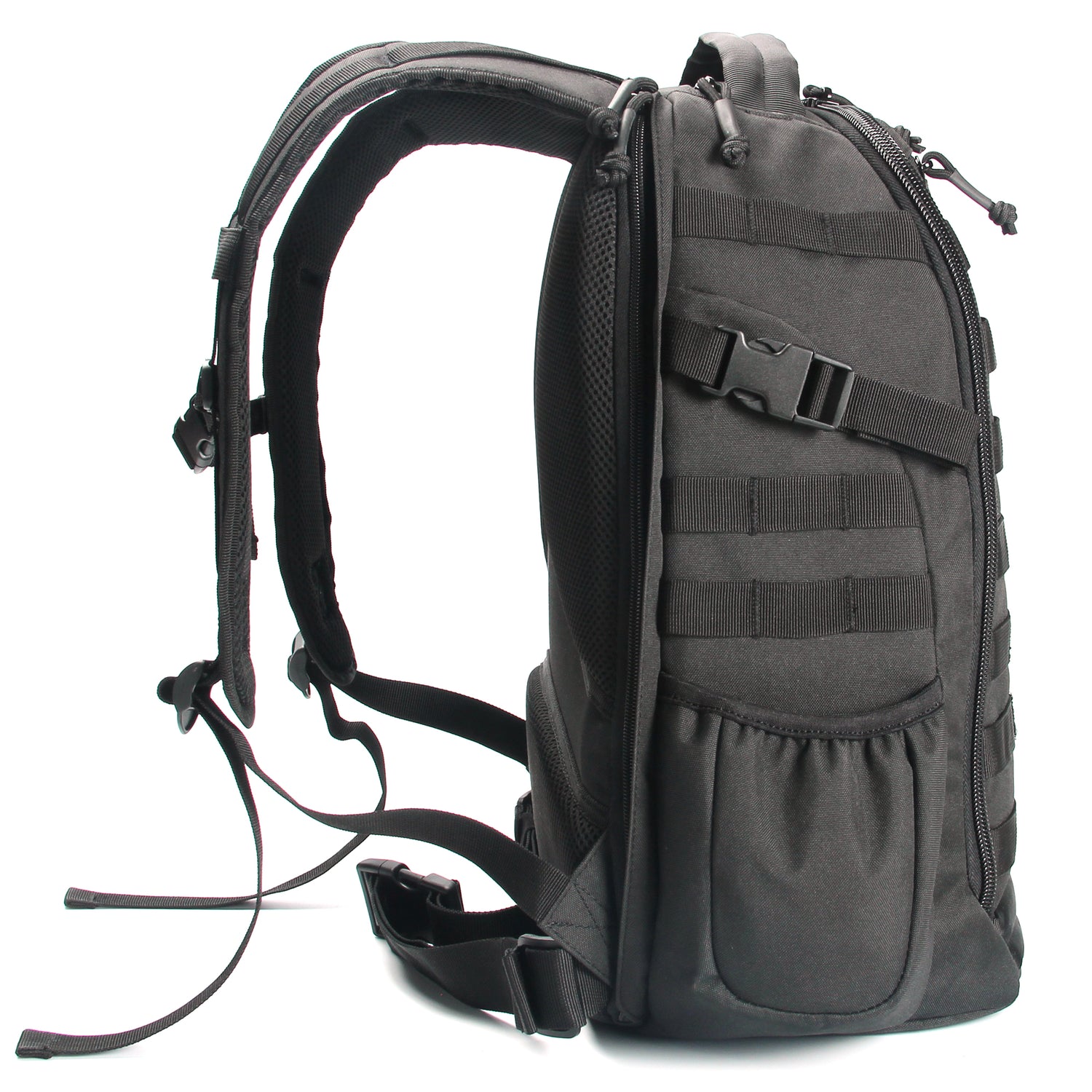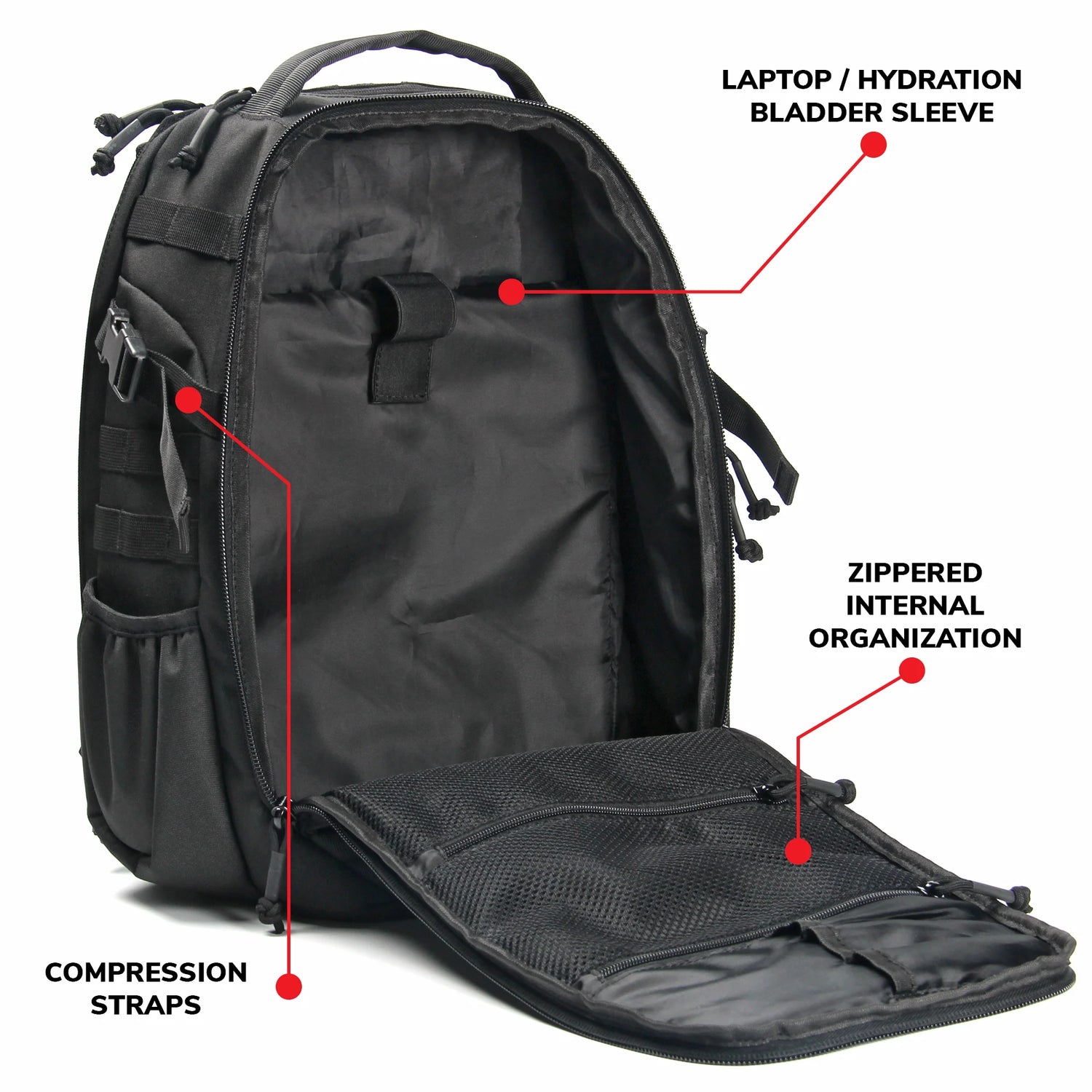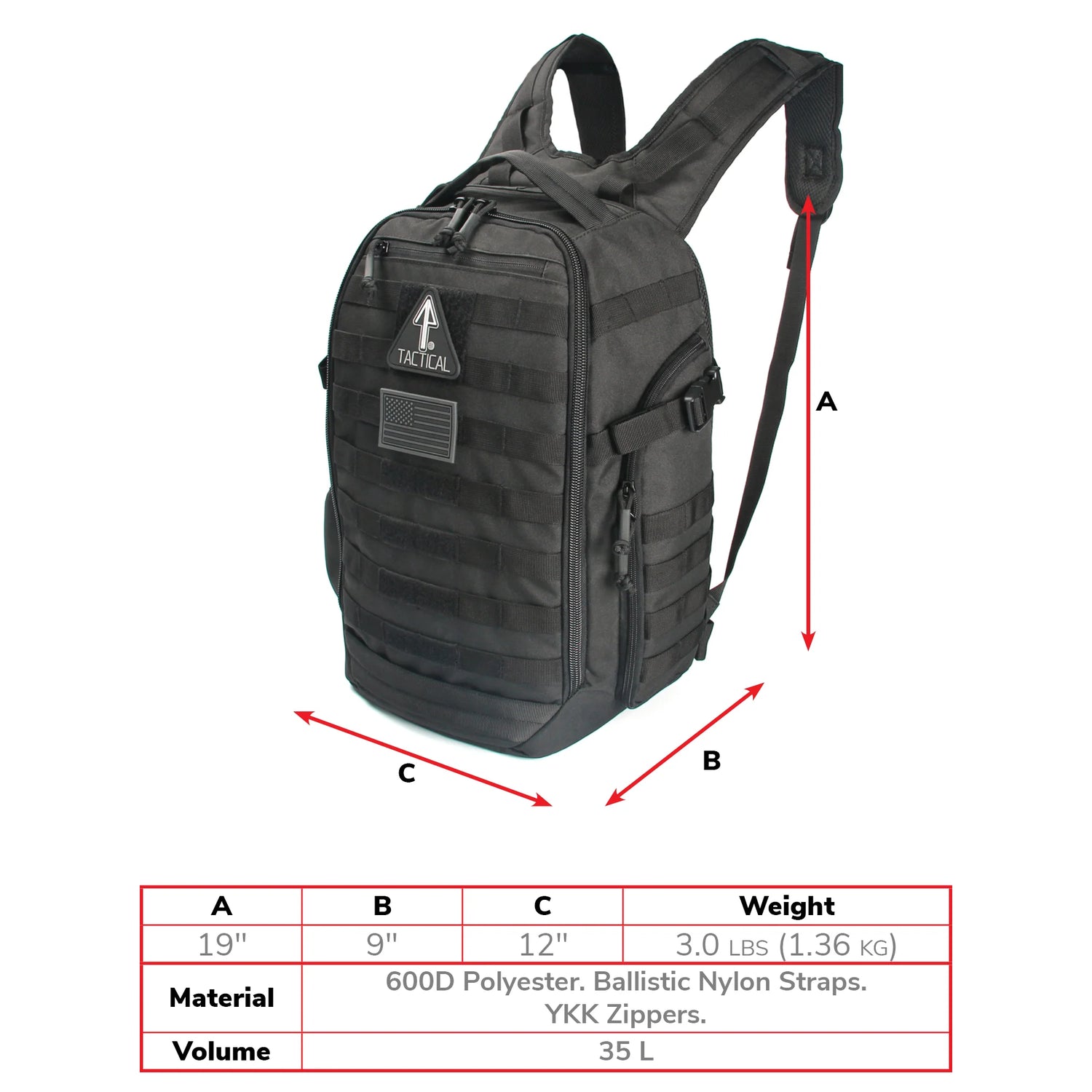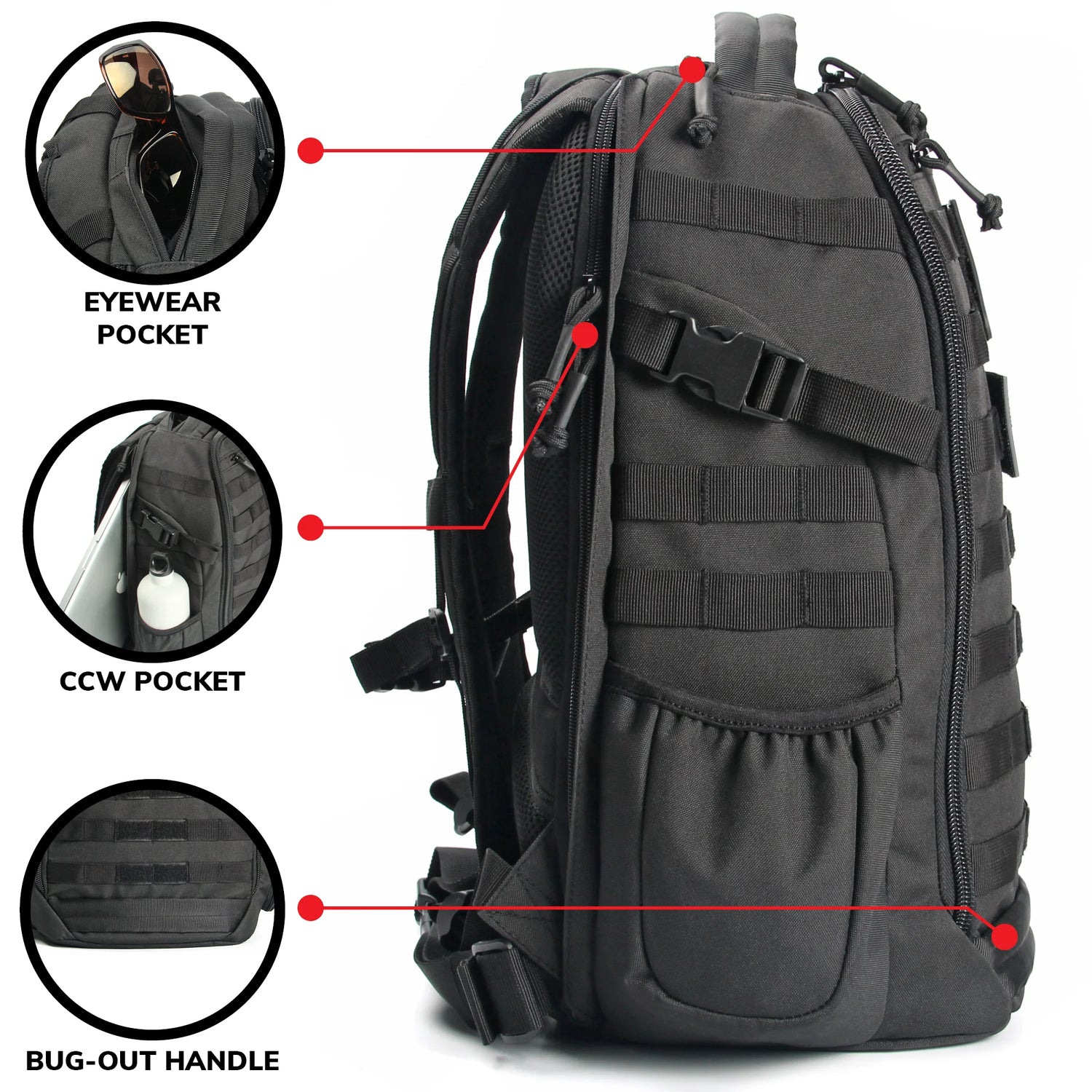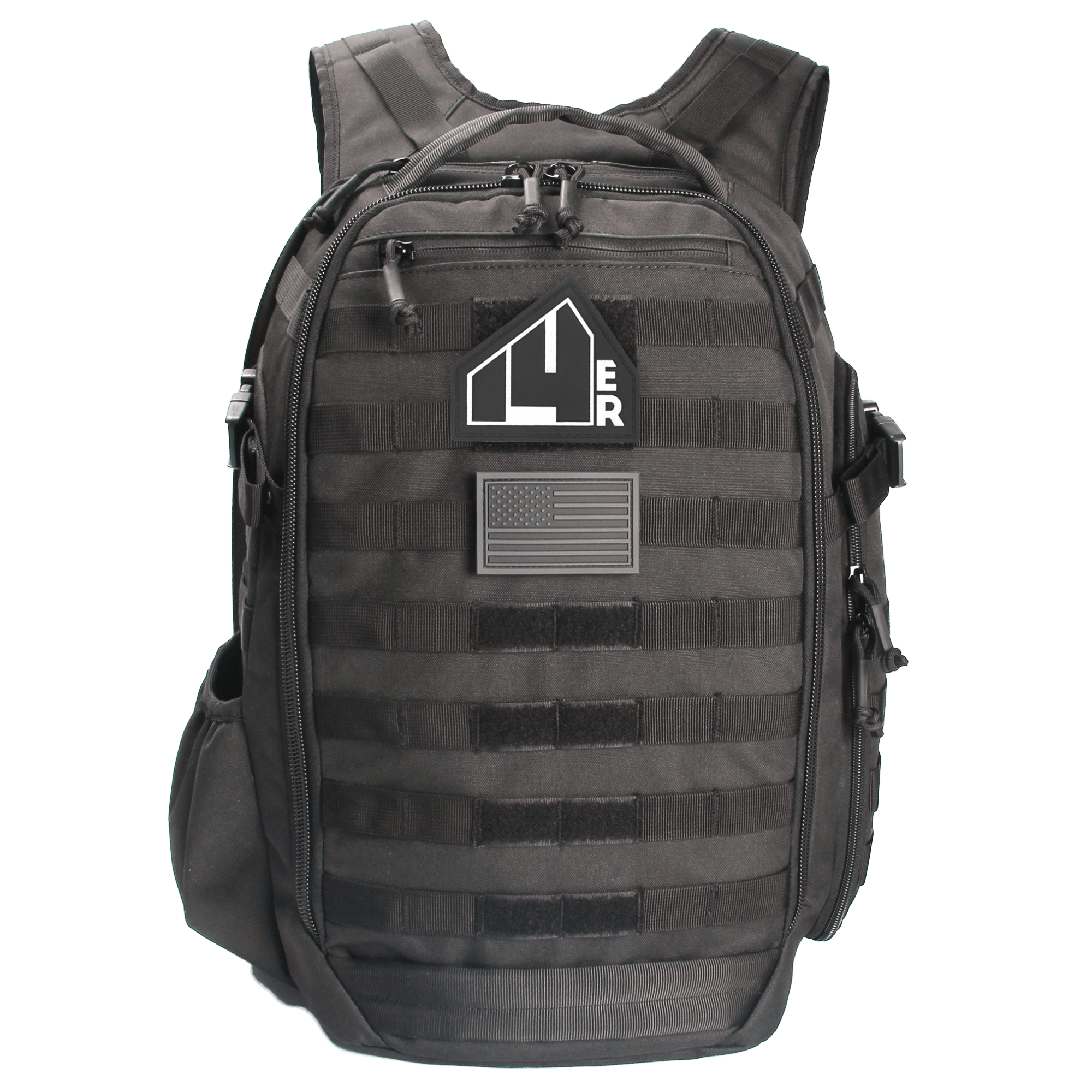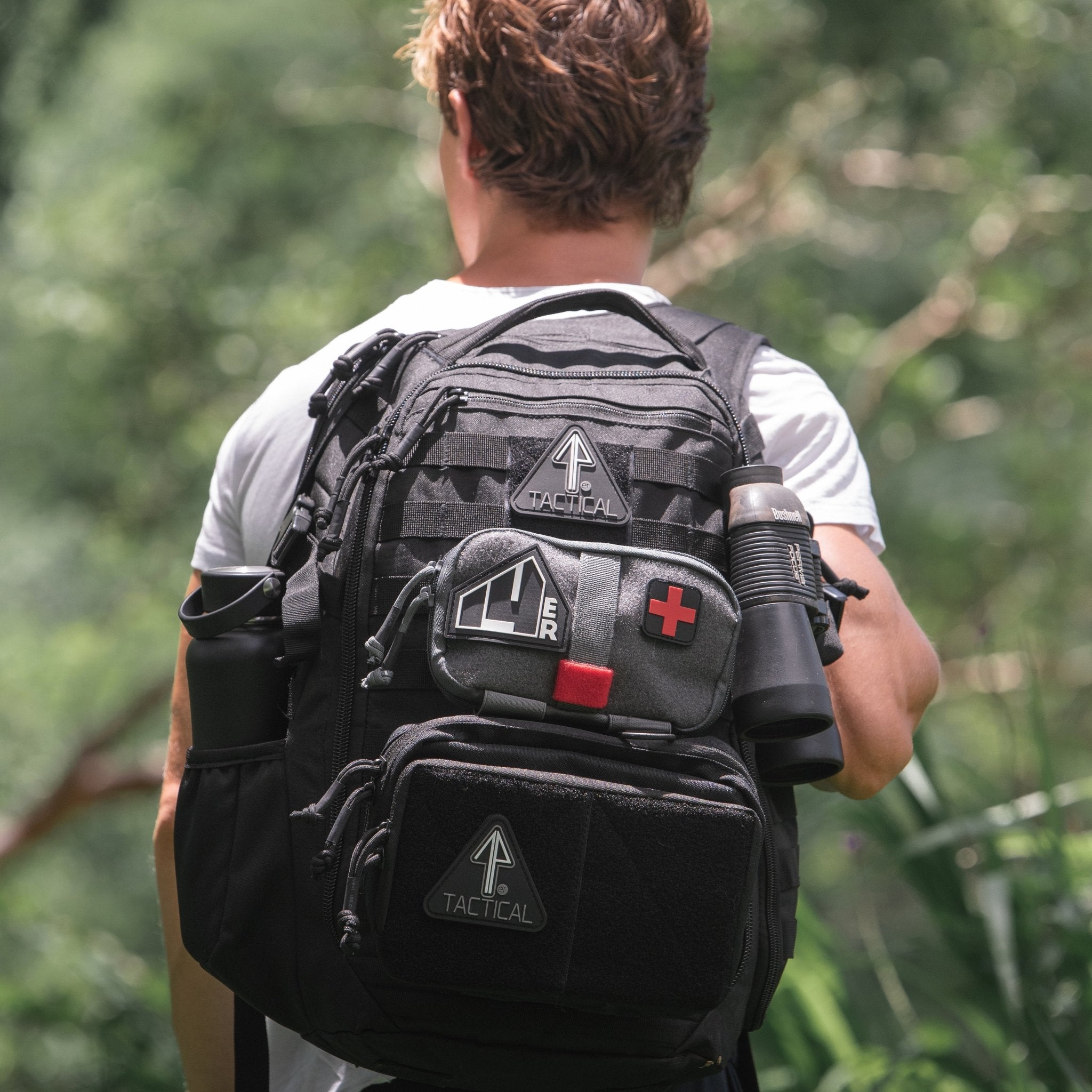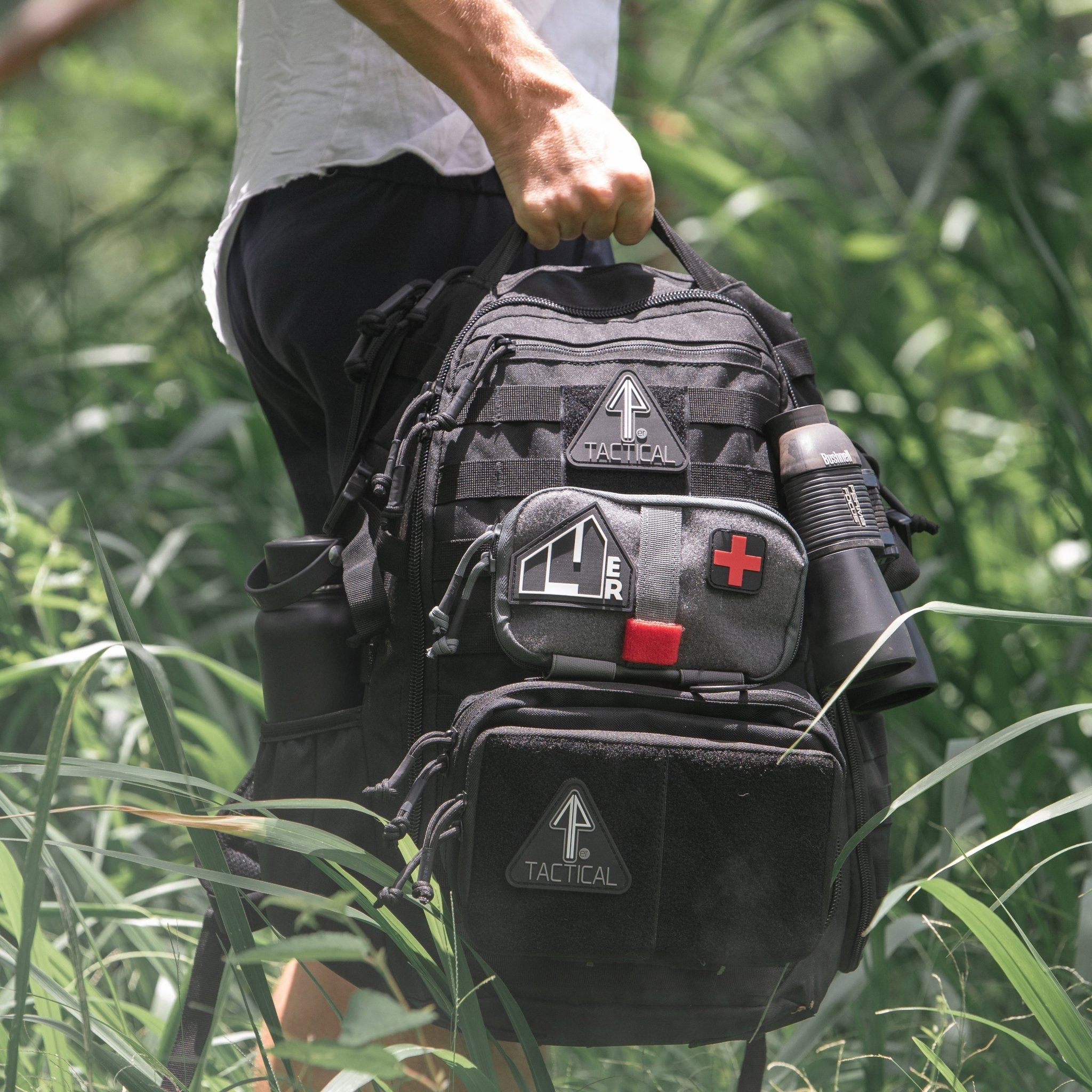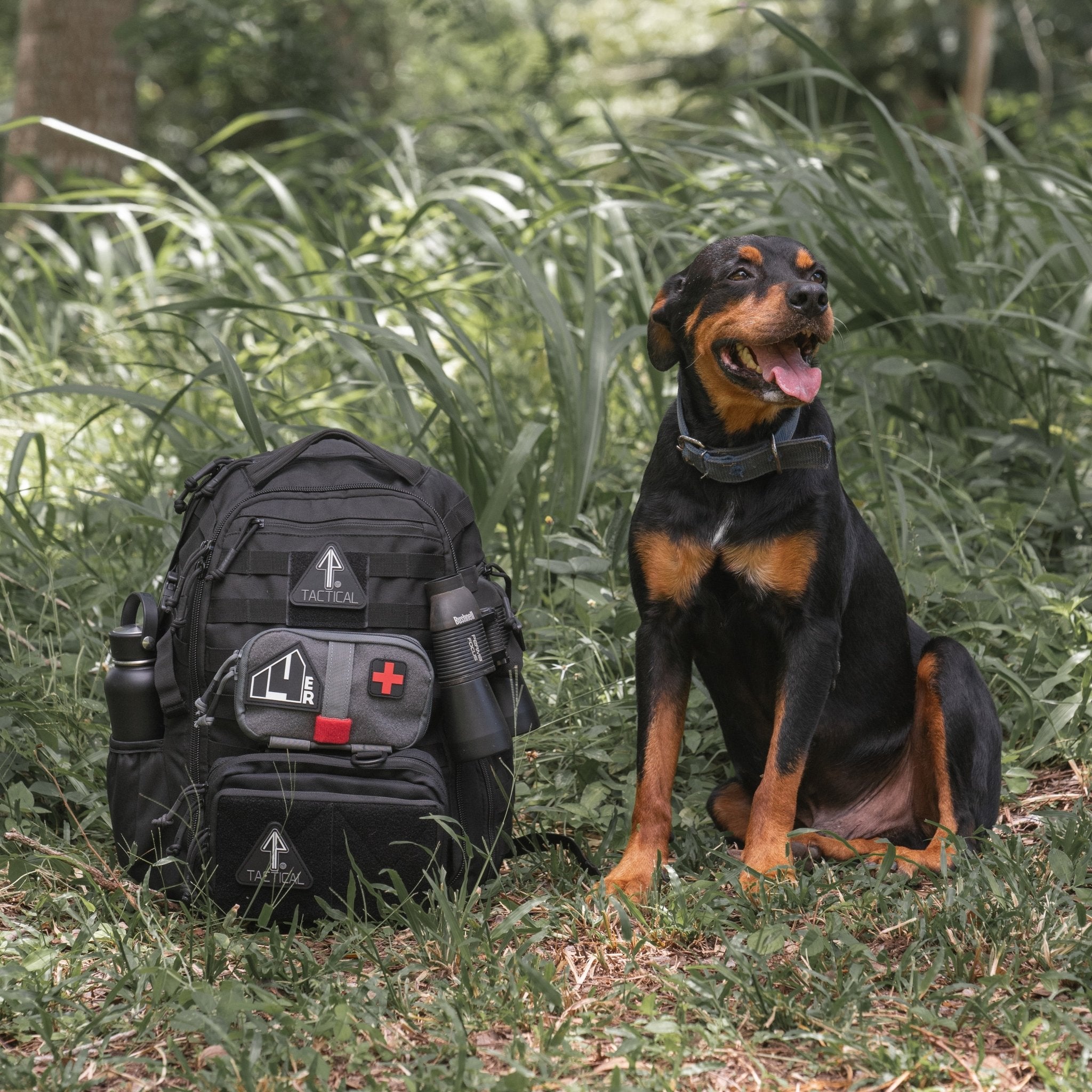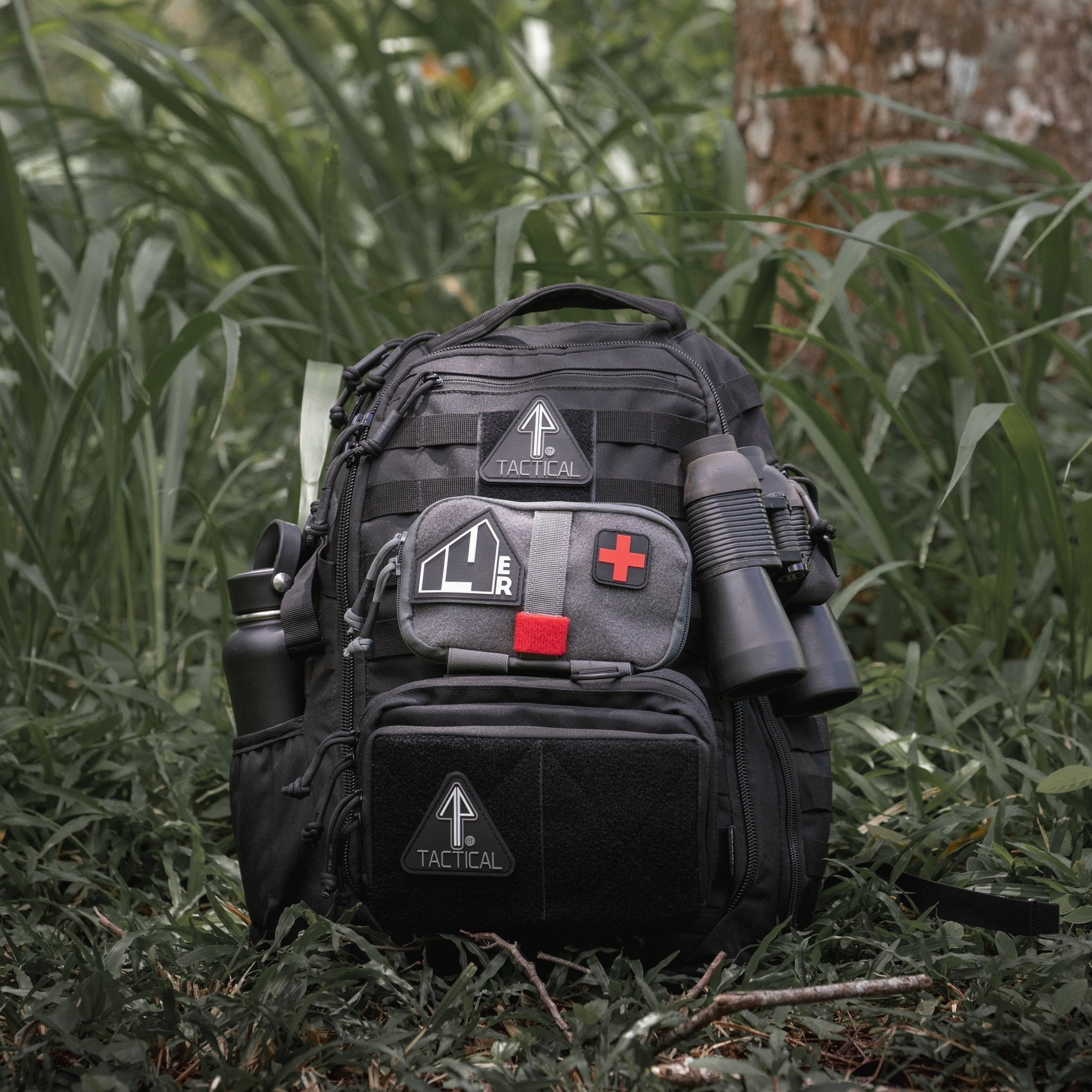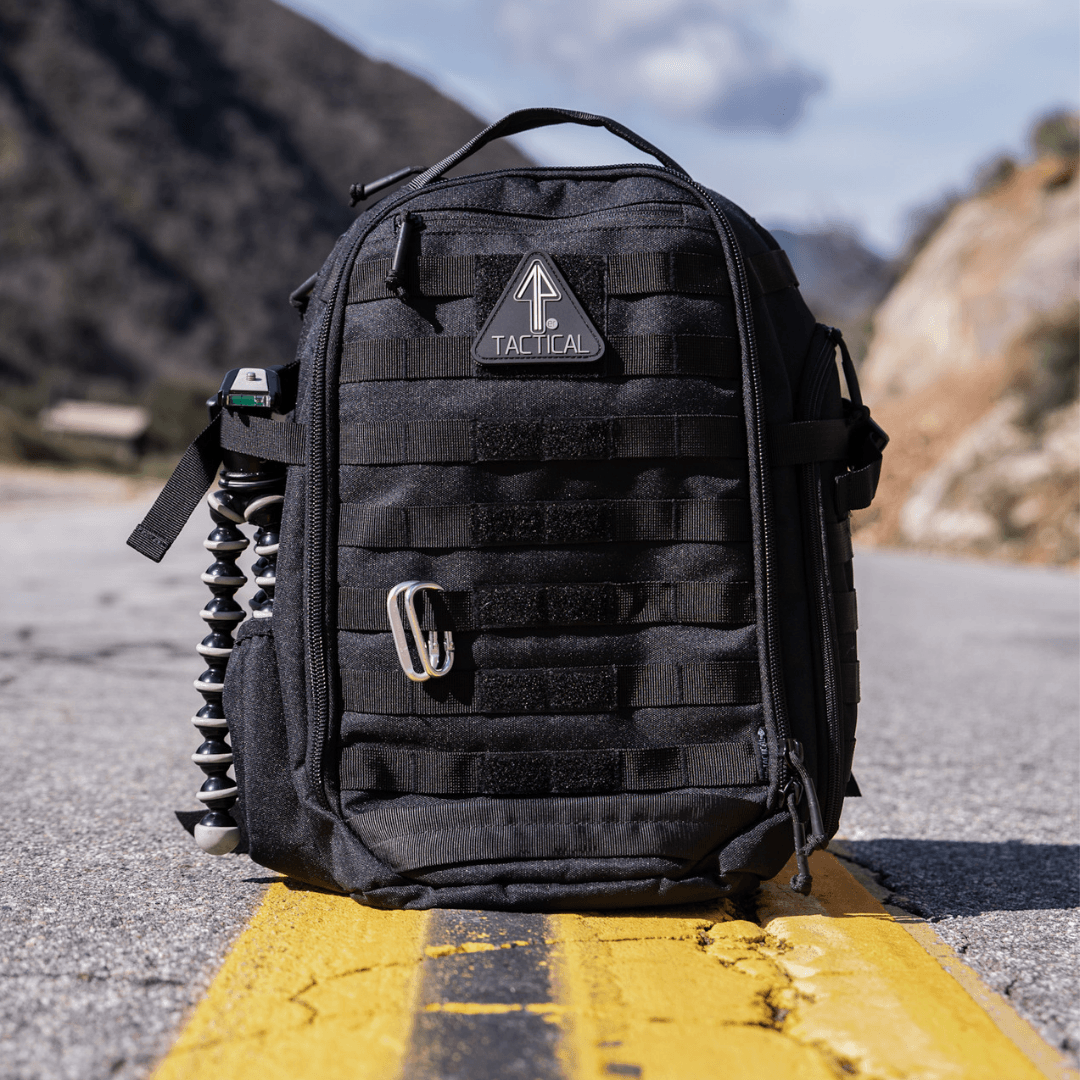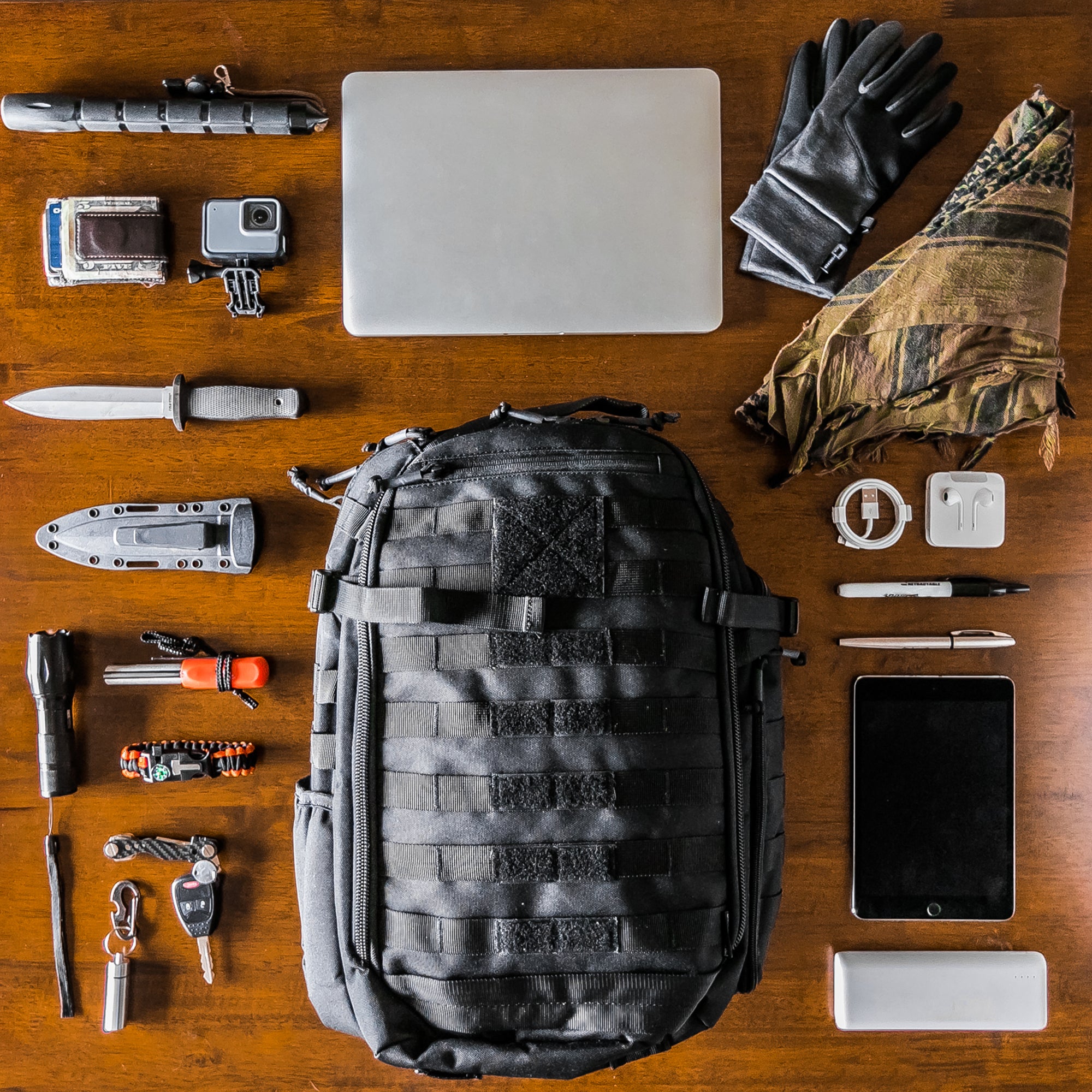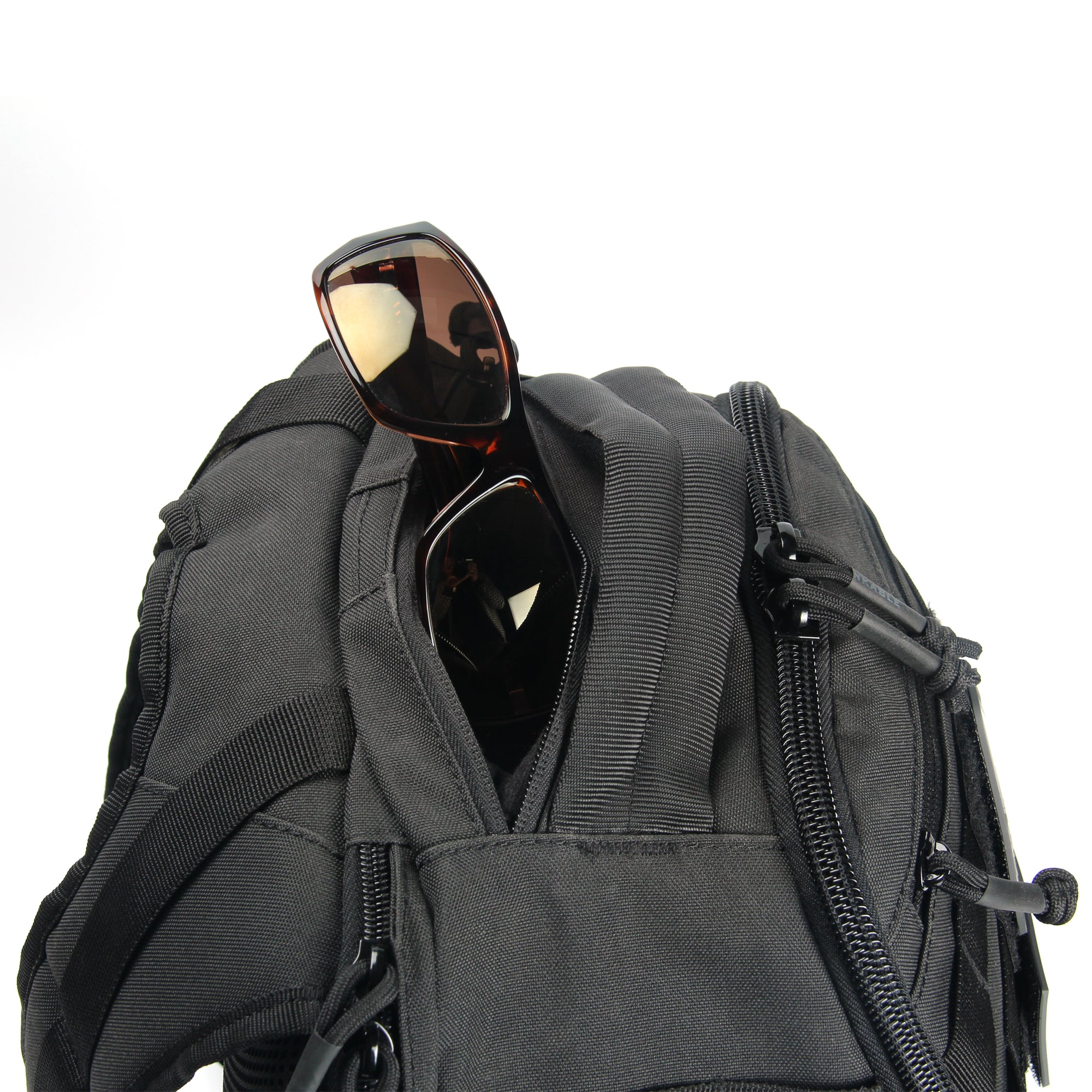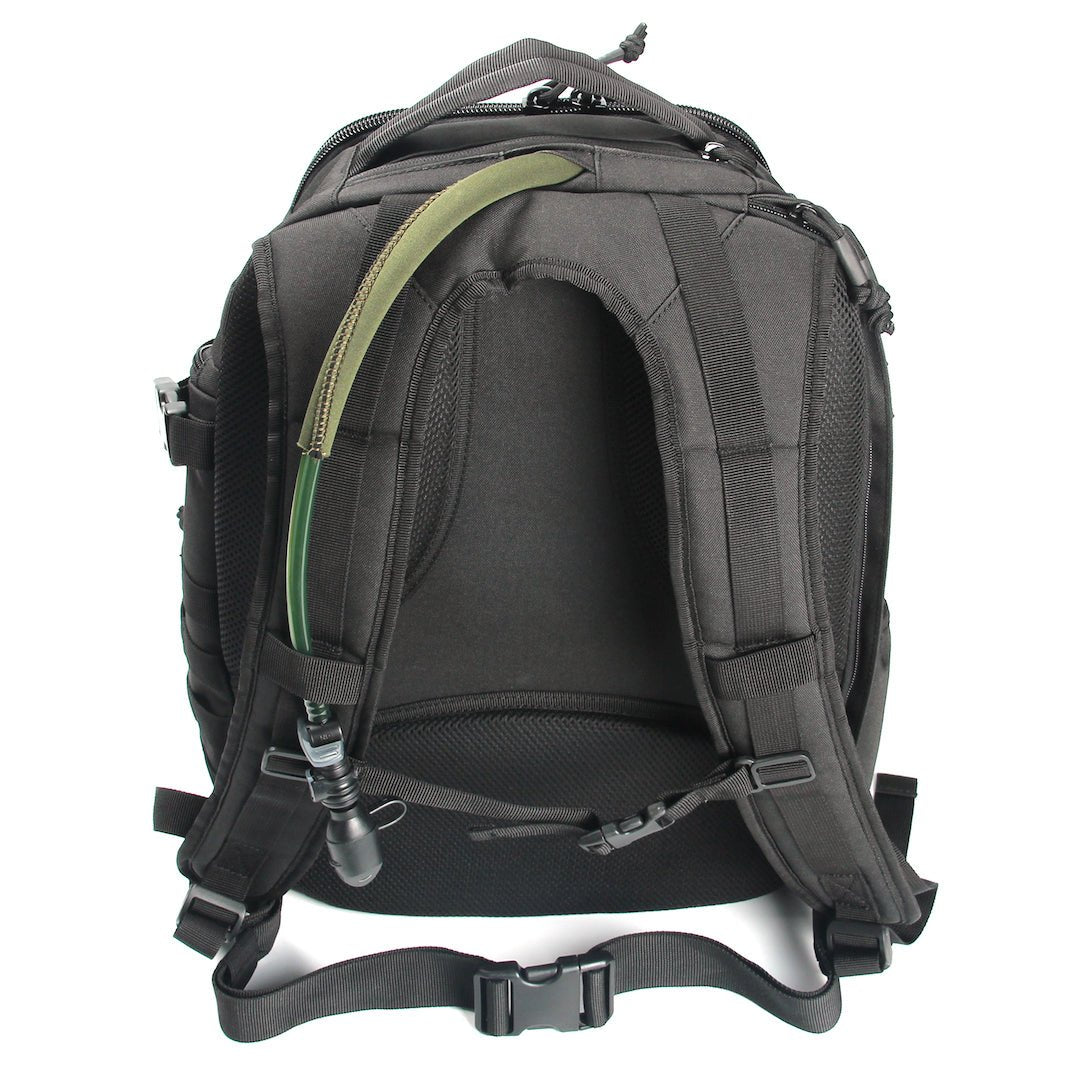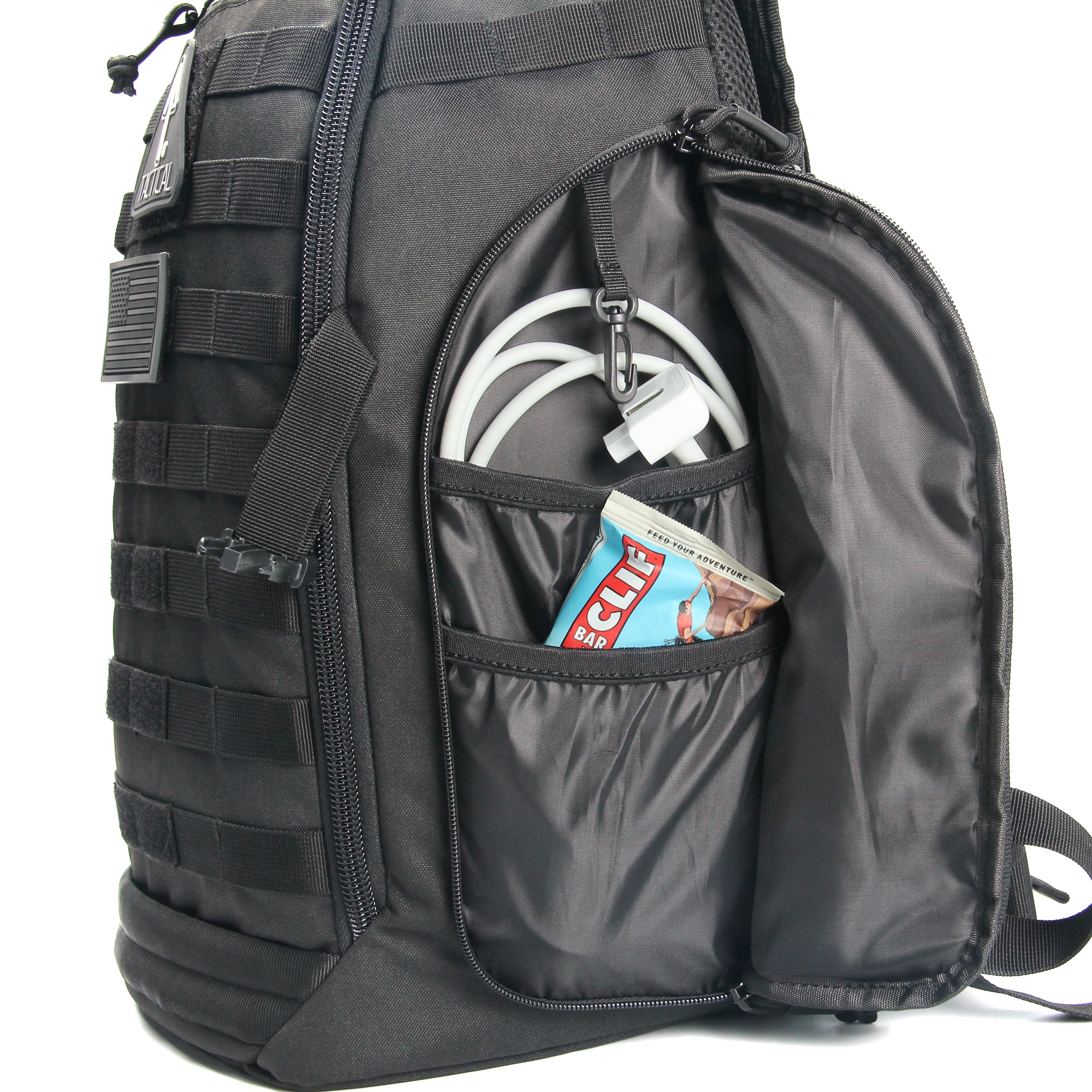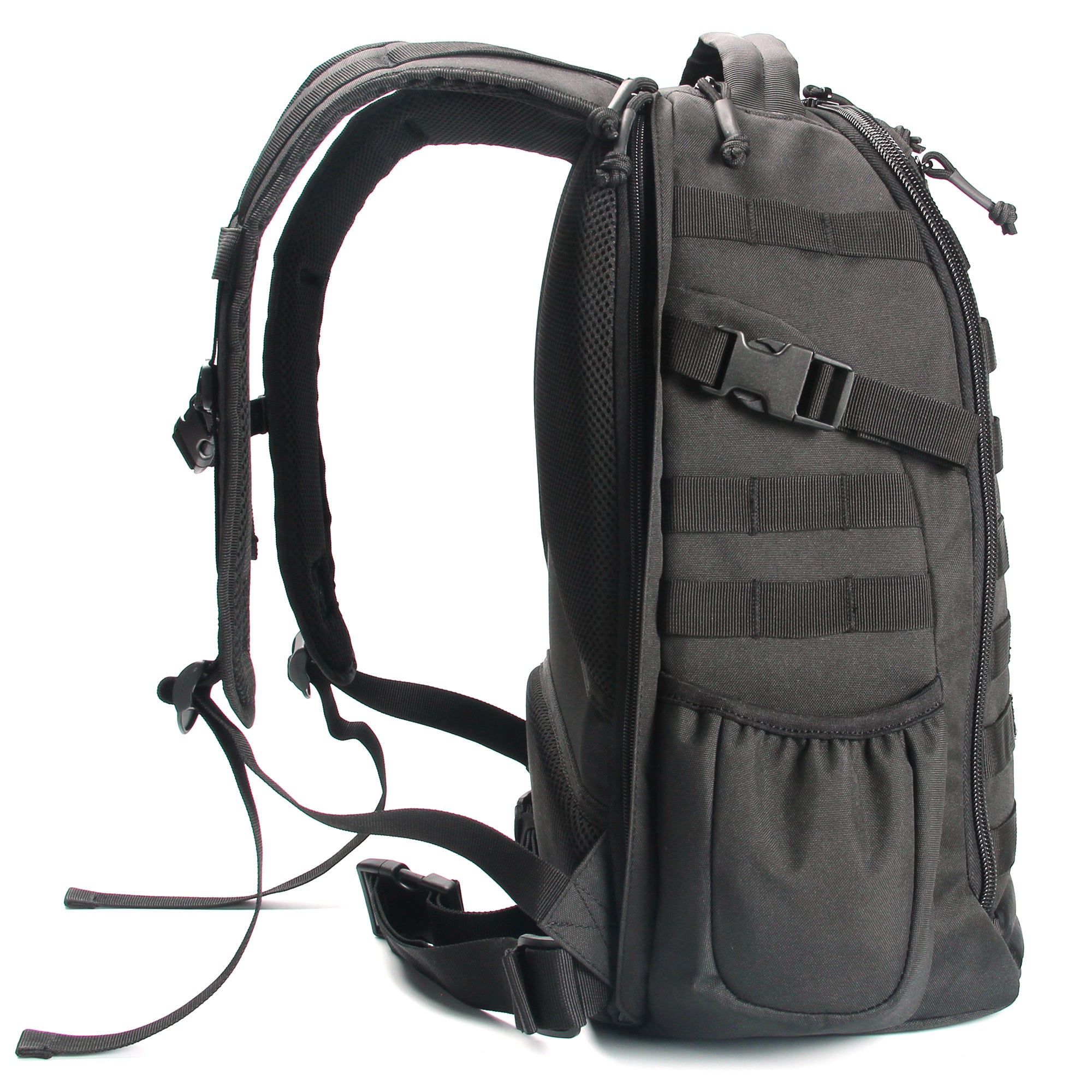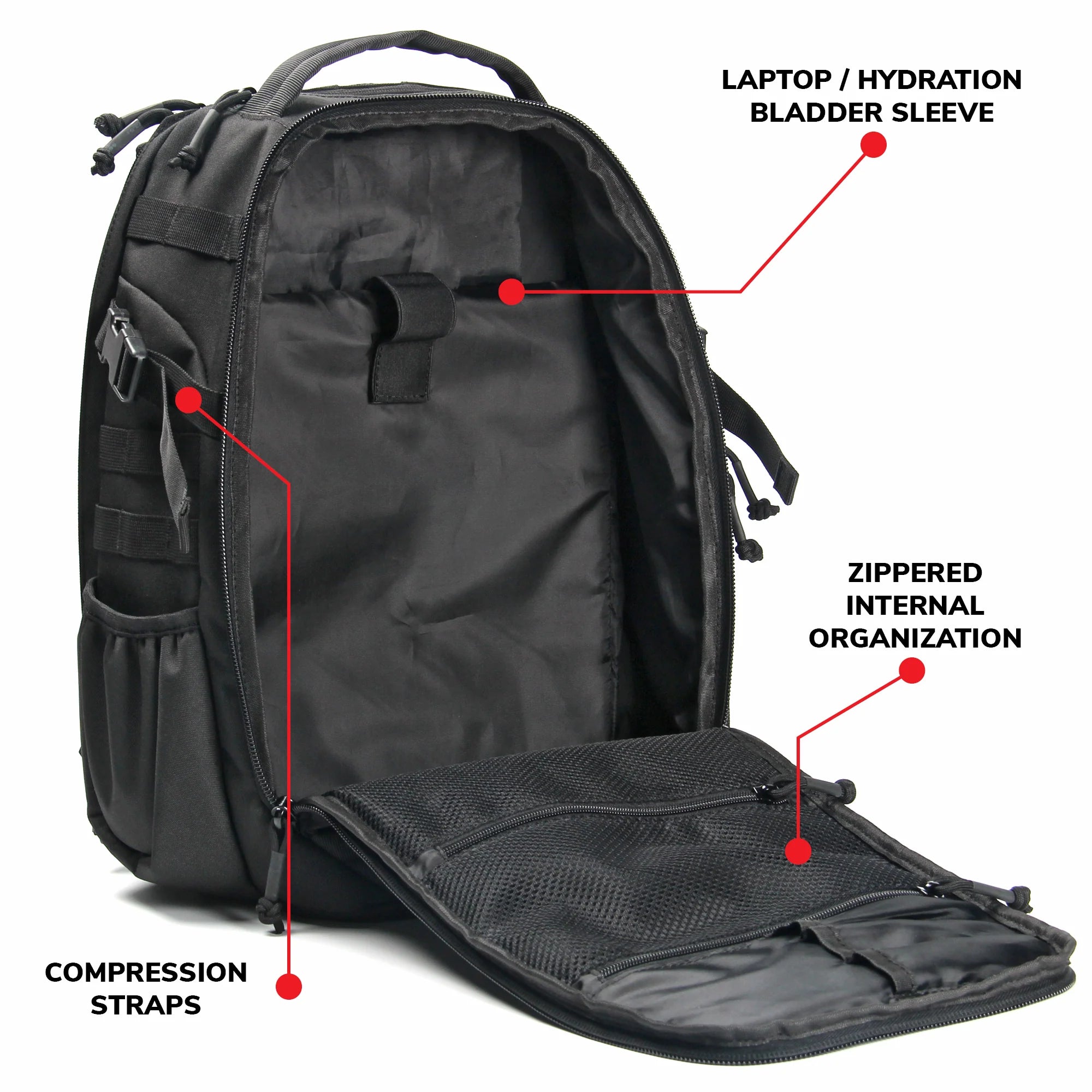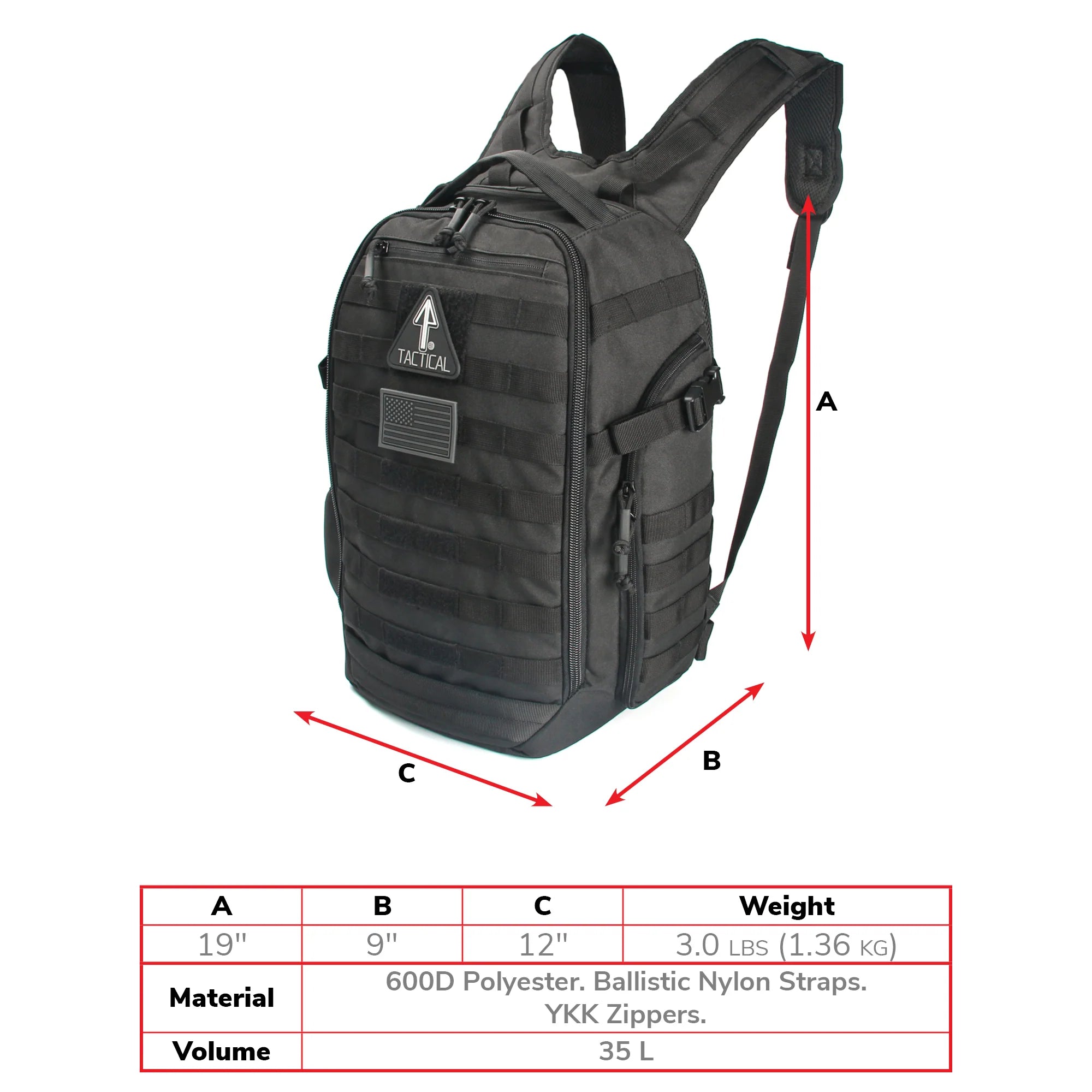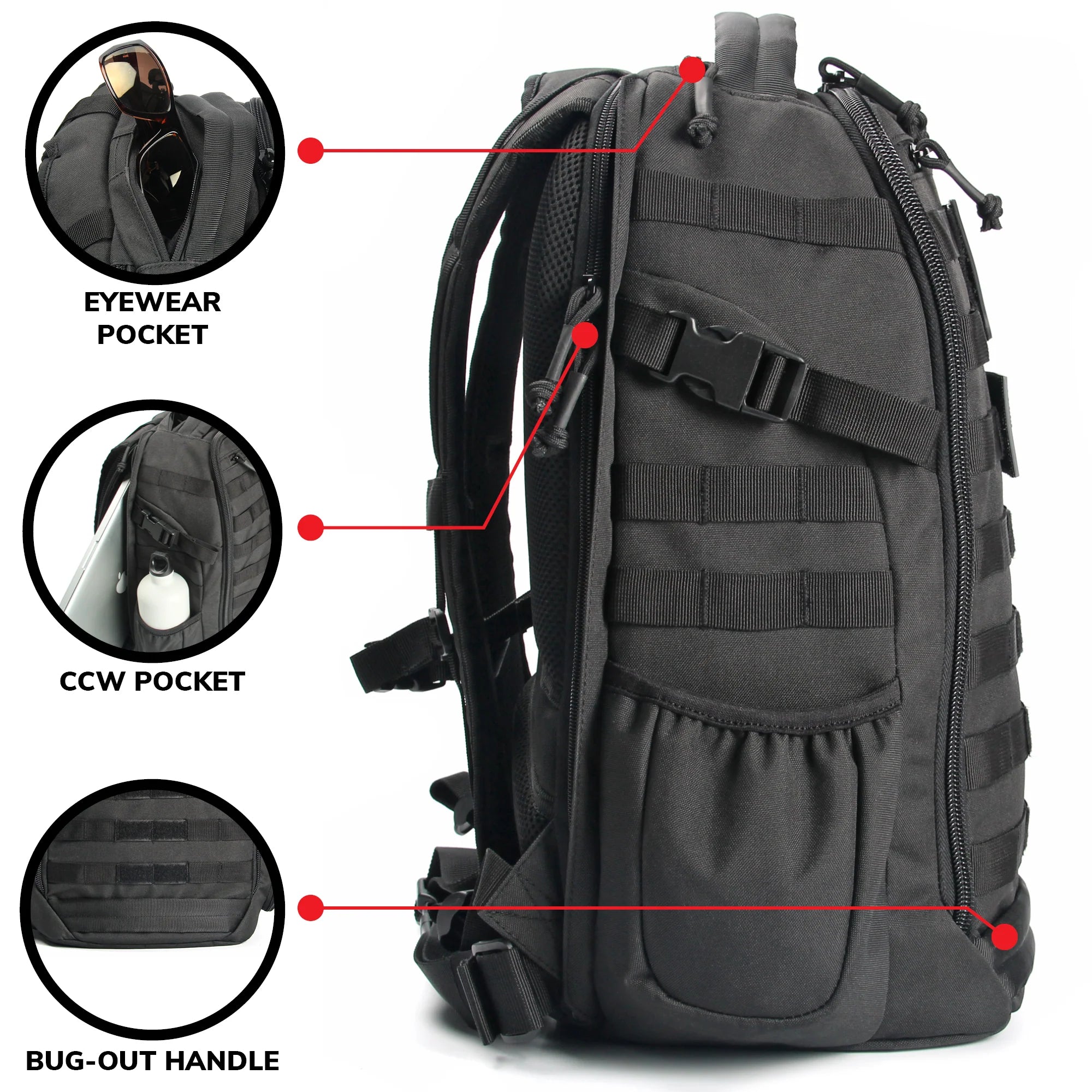
Imagine trekking alone in a lonely place, far away from the comforts of civilization. A wild, rugged landscape where no one else is around to witness your struggles, your hardships, your wins.
Exploring remote locations can be an invigorating challenge for a tactical hiker. Doing it solo can be even more intense and gratifying. You get to test your capabilities and also enjoy the amazing vistas that only nature can provide. It’s a truly remarkable experience that only a few can boast of having accomplished.
Ready to be one of the elite few? Let’s send you off to a running start with our survival tips for solo travelers, including our picks for must-have solo expedition gear.
Tactical Gear for Solo Adventures in Remote Locations
Before venturing on a solo expedition, you’d better get equipped with the essential gear for wilderness trekking. As you’re traveling alone, you’ll want to pack reliable navigation tools and emergency communication equipment. You absolutely don’t want to lose your way in a wild, remote location. And if something goes wrong, you’ll need to be able to call in a rescue team.
Navigation tools can mean a simple compass or an electronic GPS tracker. In addition, you would be wise to learn how to navigate in the wild without such tools. Any serious hiker and tactical thinker is gonna want to acquire such a valuable skill.
Communication devices can mean a shortwave radio, satellite messenger or personal locator beacon. If you will be trekking on particularly remote trails, you’ll want one of the latter two. A mobile phone might not be a viable option due to the possibility of a weak signal.
Other essential gear for wilderness travels include a tent, a first aid kit and, of course, food and water. All together, there are around ten essentials of hiking equipment that you should not do without. On top of that, you should carry these supplies in a dependable backpack that won’t let you down.

The 14er Tactical Backpack as Solo Expedition Gear
A tactical backpack is highly durable, making it ideal for roughing it in the remote wilderness. You’ll appreciate a tough, military-grade bag that is meant to secure and protect all your stuff. The 14er Tactical Backpack is especially sturdy, constructed from extra thick 600D polyester that provides protection from rips, punctures and water damage. It is also easily customizable, featuring PALS straps that will let you add or remove external compartments at your convenience.
Planning and Preparation for Exploring Remote Locations
A remote trek will challenge your tactical preparation skills. You’ll certainly want to start by physically conditioning yourself to handle the rigors of the hike. Fitness will be essential to your success—it is not optional! You will be pushing yourself both physically and mentally, and you’ve got to be able to rely on your own stamina and constitution.
Good nutrition is one of the key components of the fitness equation. You can’t be loading up on junk food if you’re serious about getting fit! Make a fitness food plan your priority. Then get into regular physical training. You’ll want to emphasize cardiovascular fitness. This will improve your energy and endurance on the trek. Cardiovascular strength will serve you well on a high-altitude hike, if you choose to take on such a challenge.
The other focus goals of your fitness training should include strength, stamina and agility. Some attention should be given to flexibility, as that will help prevent twists and sprains—injuries that can be debilitating when you are exploring remote locations.
Mental conditioning is another crucial element. Your morale will keep you going when you face hardships on the trek. One of the most important survival tips for solo travelers is to monitor your own mental state and take a rest when you start struggling. Fortunately, hiking in nature is an activity that provides mental benefits. You can also affix morale patches on solo expedition gear and give ‘em a glance to help you keep your spirits up. Laughter is good for you!

Survival Skills and Tactical Gear for Solo Adventures
Tactical preparation also means learning the skills you’ll need to survive. While you’ll surely be equipped with the essential gear for wilderness excursions, you want to be able to rely on yourself when necessary. Plus the skills would come in handy in a lot of tactical scenarios. If you ever have to evacuate from disaster and travel outdoors for a stretch, these skills will prove invaluable.
Navigating the outdoors is one of the key skills to master, as noted earlier. Another crucial skill is fire starting. Learn the various techniques for lighting a campfire with limited resources beside what you find in nature.
Shelter building can be useful. You would surely have a tent and sleeping bag, but you never know what might happen in these wild places. If you find yourself without shelter, you’re gonna have to construct your own.
Survival skills are good to have, but having the right equipment is a more practical approach—it will save you a lot of time and effort. Tactical gear for solo adventures should include a fire starting kit, navigational tools, shelter and a knife or multi-tool. And don’t forget a sturdy backpack to carry the things you need. The 14er Tactical Backpack is a great option here.

Resources for Solo Expedition Planning
Many factors can come into play when preparing for your next outdoor adventure. The season of the year, the nature of the trail, the toughness of the challenge, and so on. We can’t cover all these factors in a single article. To get fully prepared, check out the 14er Tactical Resources Blog to find additional survival tips for solo travelers. Here are our top picks for you:
- Solo Hiking: How Tactical Gear Can Empower and Protect
- How to Pack Your 14er Tactical Bag for a Weeklong Adventure
- Going the Distance: Essential Lightweight Tactical Gear for Long-Distance Hiking
- Braving the Elements: Essential Tips and Gear for Hiking in Extreme Conditions
- Recovery Tactics: Post-Hike Exercises and Gear to Help You Bounce Back
- The Ultimate Guide to Tactical Gear for High-Altitude Hiking


